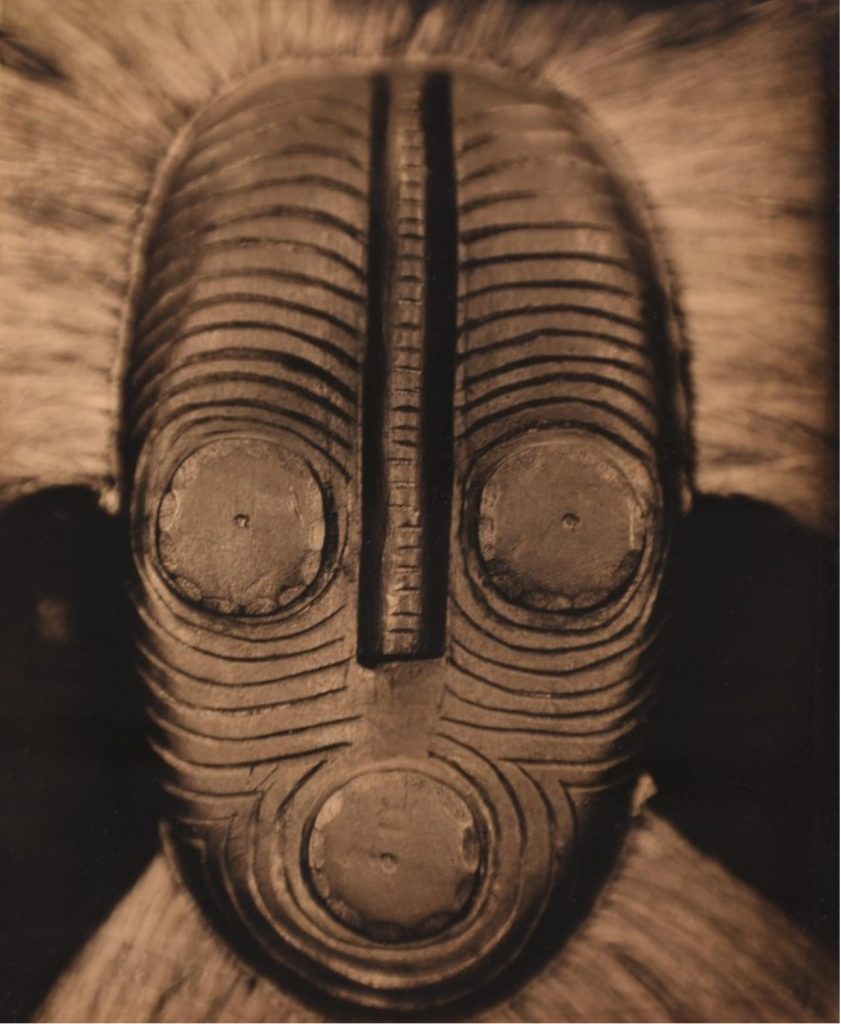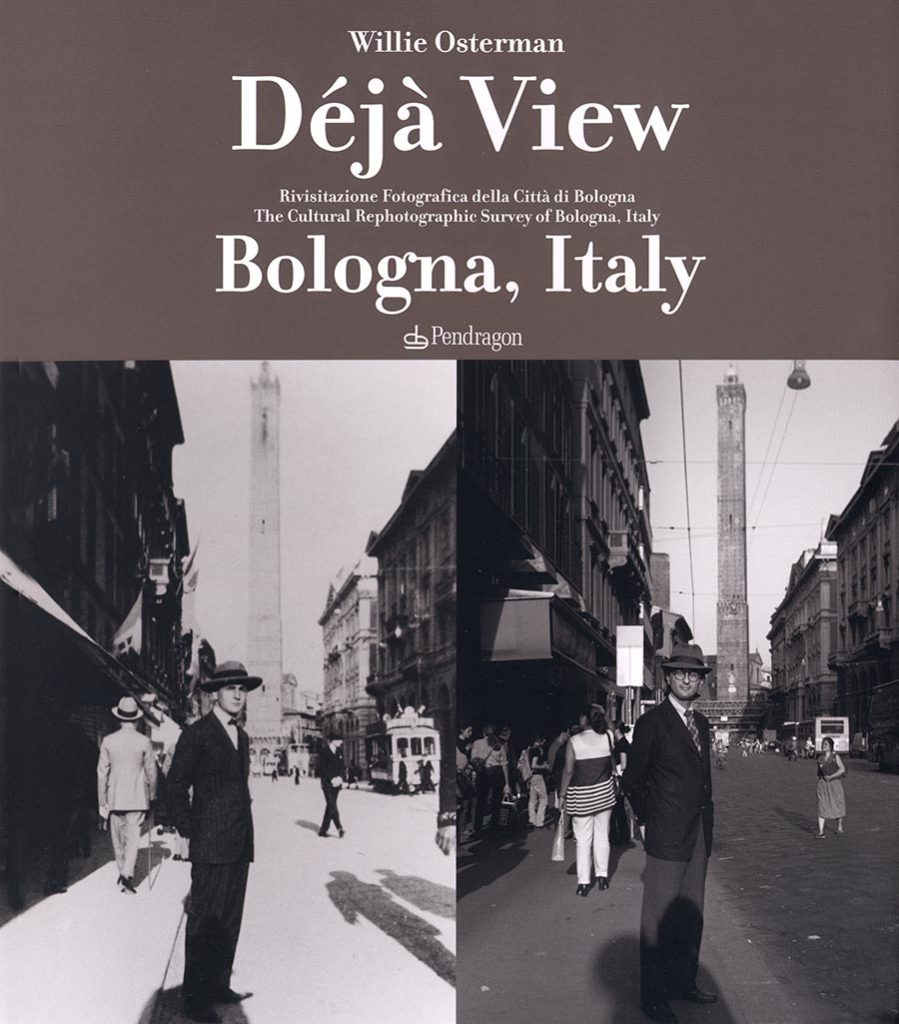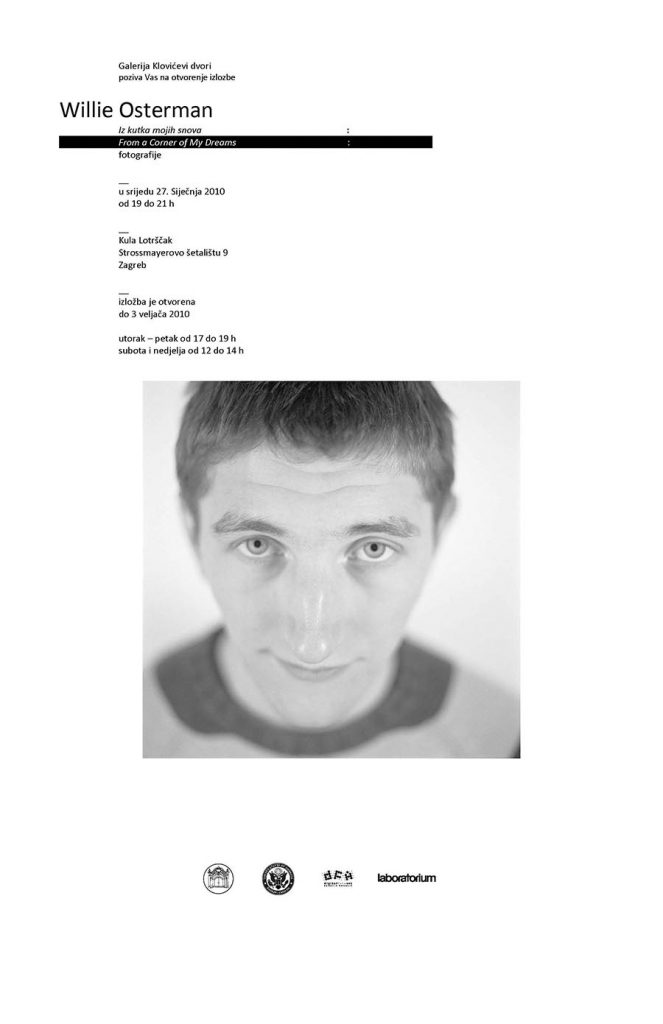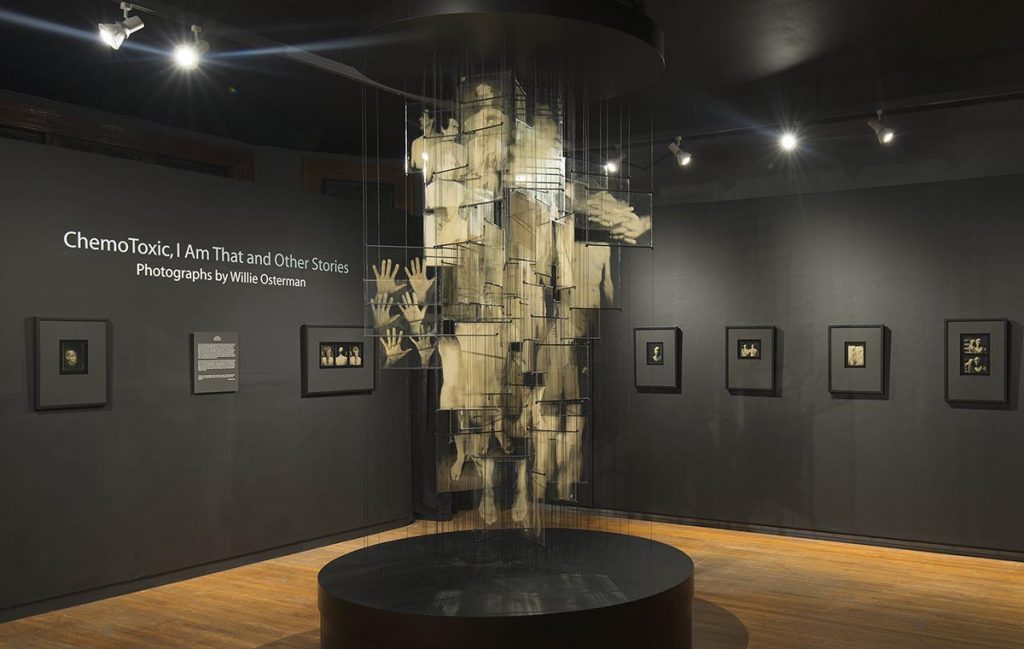Faculty News: Prof. Willie Osterman – on leave – shares his thoughts about a Professional Leave
Faculty Leaves: An Opportunity for Professional Growth and Development
by Willie Osterman
One of the many wonderful opportunities afforded to a professor who teaches in the higher education world is a faculty leave or professional development ( as RIT likes to call them aka the sabbatical). To receive a professional leave is always exciting and can be challenging to gain approval. A leave is a time to quite literally ‘practice what you preach’ and in the spring 2018, I will be on leave. I have been fortunate to have been granted other professional leaves, which have provided opportunities to create and complete challenges beyond my initial dreams.
During my first sabbatical I spent eighteen months in Yosemite National Park during the park’s centennial anniversary. For a photographer who loves to explore the wilderness, having the opportunity to spend a prolonged period of time in Yosemite was nothing short of amazing. I had the luxury of hiking the park in the tourist areas as well as the remote parts. After a short time I realized that the grand landscape itself had remained relatively unchanged over the previous century. During the early part of the leave, I decided to concentrate my photography on the people who visited, lived and worked in the park.
Several of my pieces from this professional leave were displayed at the George Eastman Museum’s Photography and America’s National Parks exhibition that ran from June 4 to October 1, 2016. The poster shared above was from the Museum of Art’s Exhibit in Yosemite.
After my second professional leave concluded, I published a book entitled: Déjà View: The Cultural Rephotographic Survey of Bologna, Italy. The book was published two times and the second edition sold out. Initially, I went to Bologna with the idea of spending an extended amount of time outside of the US. I wanted to get to know a city with many hundreds of years of history. To have the time to walk the city and become familiar with it ‘like the back of my hand’ was my goal. I was interested in history, culture, people, architecture and of course the food and wine. The city museum had an extensive archive of historical photographs of Bologna and I looked through most of the approximately 80,000 images of the city in search of those that gave a sense of the culture. Some images were from the 1800’s others from the World War II. As my research progressed, my goal became to revisit and rephotograph these areas to show the cultural and physical changes that had occurred in the time since the original photograph had been made.
http://wtopph.cias.rit.edu/DejaView.html
While I was working primarily on the book project, I was also fascinated by the world I immersed myself into and kept a journal of those days. http://wtopph.cias.rit.edu/ItalianJournal.html
For my third leave, I was awarded a Fulbright to spend a semester in Croatia assisting the University of Zagreb in the establishment of the country’s first Master of Arts degree in Photography. This degree was part of programming at the Academy of the Dramatic Arts and Theater program. This opportunity provided me with an exciting immersion into the culture of the University and the city. While my main responsibility was to the university and teaching, I also chronicled my time in Zagreb in a journal. http://wtopph.cias.rit.edu/CroatianJournal.html
While there, I was invited mount an exhibition at the city museum of art called Galerija Llovicevi dvori. The exhibit was scheduled to open just 7 weeks before I was to finish my stay in Zagreb. Not having a “picture-making” project planned for this sabbatical, I decided to make detailed portraits of my new colleagues, students and friends. I was quite amazed that when I arrived in Zagreb in September 2010, I knew only one person and a mere five months later my opening was attended by approximately 150 people! Here is a link to the catalogue that was funded by the US Embassy: http://wtopph.cias.rit.edu/FromDreams.htm
During a 2007 leave, I spent time being curious about breaking the standard rules of traditional photography. As I think back to important lessons learned during the beginning of my career, my first photo teacher was my mother who had given me a turquoise camera loaded with 120mm film for Christmas. My first lesson she said was that whenever I took a picture, to be sure to have the sun at my back and never point the camera into the sun. So, still acting out well beyond childhood, I traveled the south and my camera was set up facing directly into the sun for as long as 3 or 4 continuous days. I became fascinated with how a single sheet of film could, with extended exposures, capture and compress time onto a single frame of film. This professional leave took me to Texas, Arizona and my own back yard. http://wtopph.cias.rit.edu/TimeTravels.html
After completing this trip I had another idea about photography and time compression. I wondered, if a single extended exposure will capture and compress time on a frame then how would that compare to time lapse where many exposures are animated from the same view? The following shorts were made while in Dubrovnik, Croatia with students on a study abroad trip. http://wtopph.cias.rit.edu/TimeLapse.html
My 2018 leave’s proposal seems to be no less challenging to me at this time. Unlike my previous experiences, this proposal does not have one specific travel project, rather it has one specific theme.
For the past few years, I have been consumed with the concept of masking and its impact on ancient and contemporary societies. Masking is present in almost every cultural origin in one form or another. As seen in so many aspects of cultures past and present, ritual masks where used to capture the soul of the creature (real or mythic) represented in the mask. This series of new work will form a cross-pollination of those creatures and their spirits, moving beyond geographical borders and time. As such, those combinations become a living universal myth that we have evolved from and can learn from.

The final artwork will be produced as ‘portrait images’ on 11 x 14 inch images using the wet-plate collodion process. Ultimately the final installation will have, depending on availability of gallery space, be comprised of one hundred images. The plates will be mounted frame-to-frame to form a singular large-scale mythological image. From this project I currently have exhibition commitments in Rochester and New York City. I have experimented with constructs before. One is shared below from an exhibition entitled ChemoToxic, I am That & Other Stories shown at the Visual Studies Workshop.
Taking time away from my familiar class setting and working outside of RIT offers a unique opportunity for professional growth. It will be impacted by almost everyone I encounter as well as contribute positively to my artistic work. I have long felt that professional leaves are healthy and energizing for the individual as well as those whom he or she interfaces with.
Having the ability to photograph and teach in different institutions presents the opportunity to diversify my teaching experiences, record my reactions (emotionally and physically), and directly share that experience with students and colleagues. To be a successful professor I feel it is essential to have extended involvement in my creative work outside of the classroom.
About Willie Osterman
Willie Osterman is a Professor in the Photographic Arts Department at Rochester Institute of Technology, New York where he has been teaching, researching and working as an active artist since 1984. He received his Bachelors of Fine Arts degree in photography with a minor in art history from Ohio University and a Master of Fine Arts degree in Visual Design and Photography with the award of two teaching fellowships from the University of Oregon.
After graduating he became a visiting assistant professor at the University of Oregon. His teaching experience includes the Ansel Adams Workshops in Yosemite National Park, and in traveling workshops in twelve US states as well as in Italy, France, Austria and Croatia. As Former Curator of Photography at the University of Oregon Museum of Art, he received two grants from the National Endowment of the Arts. He was a printing assistant to the production of the Ansel Adams Special Edition Prints working with Mr. Adams in Carmel California and has worked as a contract photographer for the Eastman Kodak Company. His publication ‘Déjà View: A Cultural Re-Photographic Survey of Bologna, Italy’ in its second edition is now out of print. During his sabbatical for the year 2009/10 he received a Fulbright Scholars Award help create the first Master Degree program in Photography at the Academy of the Dramatic Arts, University of Zagreb, Croatia.
His work is in numerous collections including: The Museum of Contemporary Photography, Chicago; University of New Mexico Museum of Art, Albuquerque; International Museum of Photography at the George Eastman House, Rochester, New York; New Orleans Museum of Art; Portland Museum of Art, Museum of Art, Eugene, Oregon; Lotus Collection, Salzburg, Austria; Museo della Fotografia Cinisell Balsamo, Milan, Italy; Museo Civico del Risorgimento, Bologna, Italy; Alinari Photographic Archive, Florence, Italy; Muzej Grada Zagreba (City Art Museum of Zagreb), Croatia.
He has exhibited widely in the US including: Aspen Museum of Art, Aspen, Colorado; The Gallery @ 49th Street, New York, NY; The Ansel Adams Gallery, Yosemite, California; The Photographic Center, Carmel, California; Museum of Fine Arts, St. Petersburg, Florida; The Sert Gallery, Harvard University, Cambridge, Massachusetts; Vision Gallery, San Francisco, CA, Visual Studies Workshop, Rochester, NY. His International Exhibitions, among others, include: Uluslararasi Foto raf Yari masi International Exhibition of Photography, Yildiz University, Istanbul, Turkey; Incorocio sulla via del Sale, Sacile, Italy; Centro Ricerca Archiviazione della Fotografia, Milan, Italy; USSR Traveling Photographic Exhibit; Diavassi Cultural Center, La Strada ‘Regina Margherita’ Athens, Greece; Lotus Gallery, Ernsting/Salzburg, Austria; Ping Yao International Photography Festival, Ping Yao, China; Galerija Klovicevi dvori Kula Lotrscak in Zagreb, Croatia.
https://cias.rit.edu/faculty-staff/58/faculty/1655




